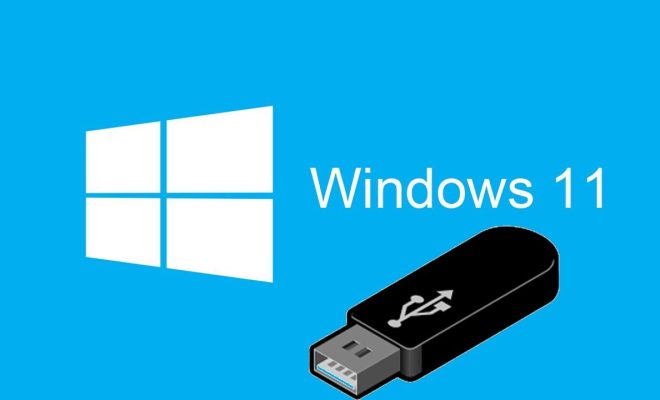Understanding for Loops in Go

Loops are an essential programming concept that allows developers to execute a block of code repeatedly. Go is a language that supports various types of loop statements. ‘For’ loop is the most commonly used and versatile loop construct in the Go programming language. In this article, we will explore the ‘for’ loop statement in Go.
The basic structure of a ‘for’ loop in Go is as follows:
for initialization; condition; increment/decrement {
// code to execute repeatedly
}
The ‘for’ loop statement consists of three sections, separated by semicolons. These are the initialization, condition, and increment/decrement sections.
The initialization section is executed only once, at the beginning of the loop, and it is used to initialize a variable that will be used in the loop. For example:
for i := 1; i <= 10; i++ {
// code to execute repeatedly
}
Here, the variable ‘i’ is initialized to 1, and the loop will continue to run as long as ‘i’ is less than or equal to 10. The increment section ‘i++’ will be executed at the end of each iteration, adding 1 to the value of ‘i’ each time.
The condition section is evaluated at the beginning of each iteration, and the loop will continue to run as long as the condition is true. If the condition is false, the loop will terminate. For example:
for i := 1; i <= 10; i++ {
if i%2 == 0 {
// code to execute for even numbers
}
}
In this example, the condition statement (i%2 == 0) checks if ‘i’ is an even number. If the condition is true, the code block inside the ‘if’ statement will be executed. Otherwise, the loop will continue with the next iteration.
The increment/decrement section is executed at the end of each iteration and is used to modify the variable that was initialized in the initialization section. This section can be used to increment or decrement the value of the variable, or to perform any other operation on it. For example:
for i := 10; i >= 1; i– {
// code to execute repeatedly
}
In this example, the variable ‘i’ is initialized to 10, and the loop will continue to run as long as ‘i’ is greater than or equal to 1. The decrement statement ‘i–’ will be executed at the end of each iteration, subtracting 1 from the value of ‘i’ each time.
In conclusion, ‘for’ loops are an essential programming construct in Go, allowing developers to repeatedly execute a block of code until a specific condition is met. By understanding the three main sections of a ‘for’ loop, programmers can create powerful and efficient algorithms that can handle complex operations.






